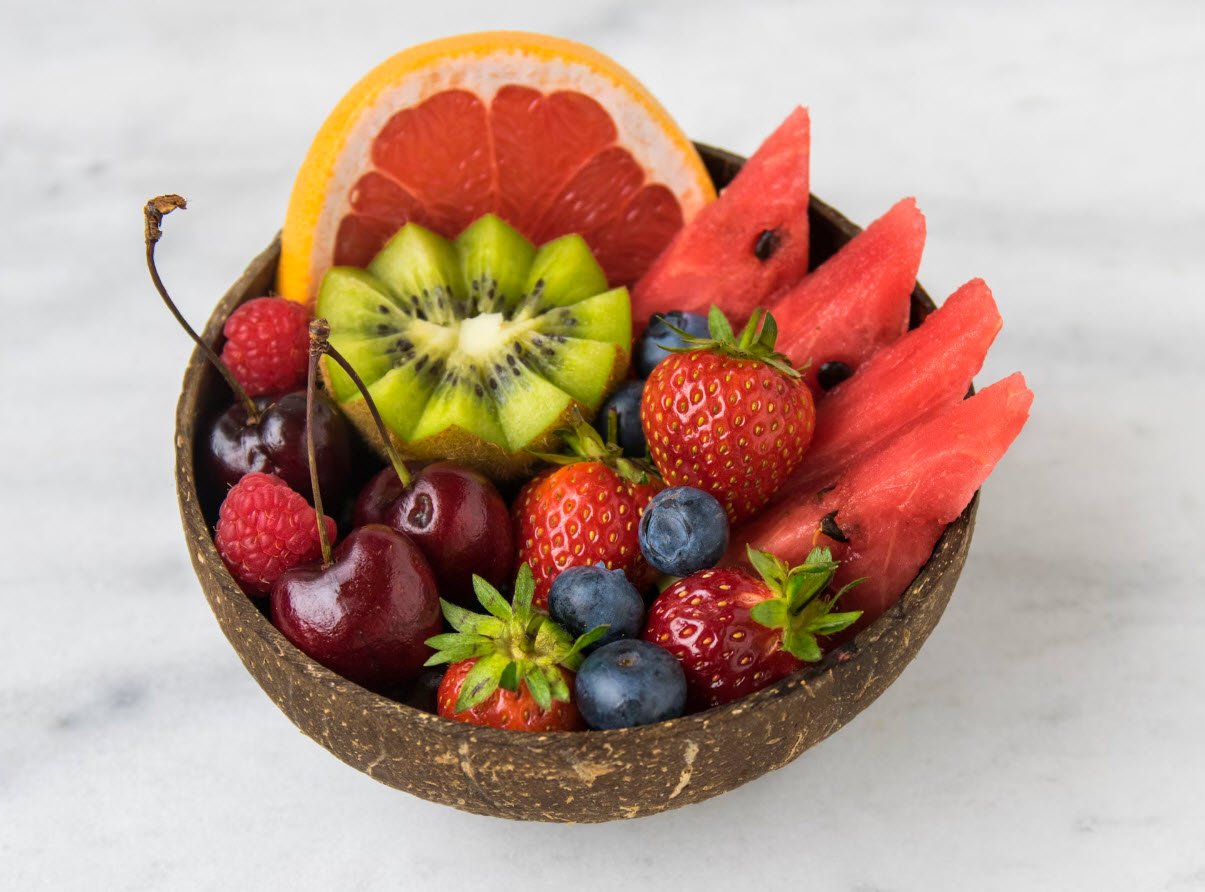
Our mouths are home to 32 teeth, but it might surprise you to learn that our distant ancestors had even more. The reason behind this dental evolution lies in the changes in our diet and jaw structure over time.
Ancestral Dentition: 44 Teeth
Geneticists and anthropologists believe that our ancient forebears initially boasted a set of 44 teeth. This higher tooth count was well-suited to their dietary preferences, which primarily consisted of solid and coarse foods. With these diets, an increased number of teeth allowed for more efficient chewing and grinding of fibrous and gritty sustenance.
The Culprit: Softer Diets
As human civilization progressed, our diets underwent a dramatic transformation. With the advent of agriculture and culinary advancements, our ancestors began to consume softer foods. This shift marked the decline of the robust and abrasive diets of yore.
Jaw Changes: Smaller and Shorter
The reduction in the consumption of challenging foods had a profound impact on the size and structure of our jaws. With fewer tough foods to chew, our jaws started to become smaller and shorter over generations. As a result, there was less space available in the jaw for a full set of 44 teeth.
Dental Evolution: The Downsizing of Teeth
Our bodies adapted to this dietary evolution by reducing our tooth count. Molars, the teeth at the back of the mouth primarily used for grinding, were the most affected. These teeth often remained dormant in their infancy, never fully emerging, or they erupted incorrectly and were more prone to damage due to overcrowding in the jaw.
Today, our diets have evolved even further, with the majority of our food being processed and cooked to be softer and easier to chew. As a result, we can manage perfectly well with fewer teeth. In modern humans, 20 to 22 teeth are typically deemed sufficient for our dietary needs.
In conclusion, the reduction in the number of teeth from 44 to 32 is a testament to the ongoing evolution of our species and our ability to adapt to changes in our environment and way of life. Our dental history, marked by this shift in tooth count, offers a fascinating glimpse into the intricate relationship between diet, genetics, and human evolution.
You may also like:- Can You Take Calcium and Vitamin D Supplements Together? Read Here
- Taking Control Of Your Hormonal Health: What To Expect From An HRT Clinic
- Strategies for Making Physical Activities Accessible for Children with Special Needs
- ICMR’s Advisory on Tea and Coffee Consumption
- 10 Healthy Tips for World Health Day 2024
- Headache Danger Signals – A Comprehensive Guide
- Commonly Used Drug Dosages for Pain
- Key Responsibilities and Duties of a Doctor
- Personalized Support For Every Family: The Specialized Training Of Lactation Consultants
- Why Does A Person Sleepwalk At Night?








